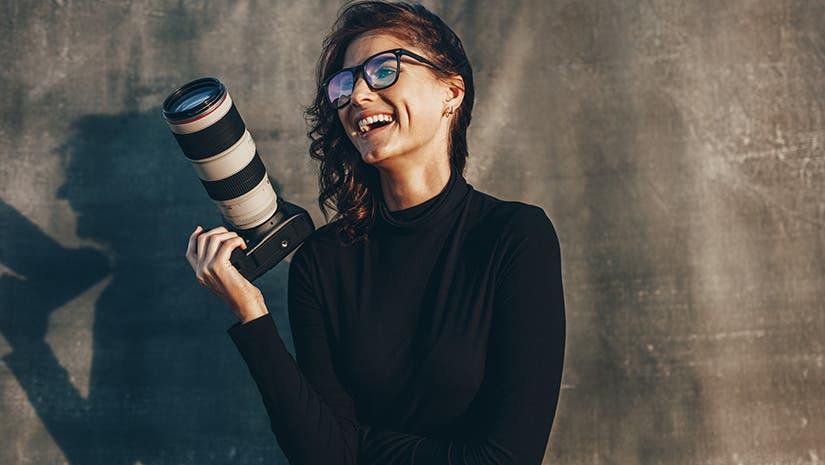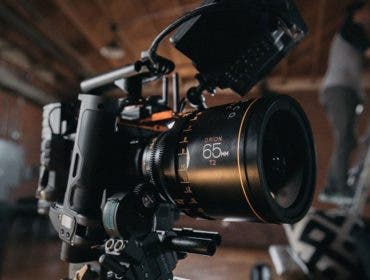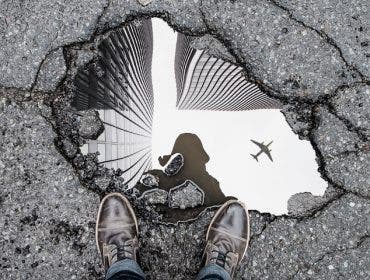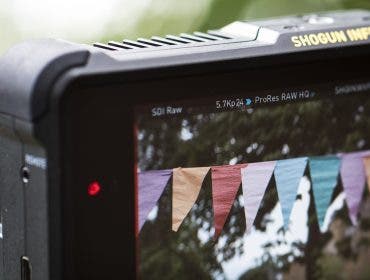The best thing about being a beginner and aspiring photographer is that you are free to explore virtually all types of photography there are. Fashion, photojournalism, sports, events—armed with a camera, you can try it all out and improve your skill at the same time.
But as you gain more experience, you’ll find that it’s hard to master a specific style if you don’t stick to it. In fact, it may be the very thing that could be holding you back from being successful in a particular niche.
In this article, we’ll help you understand some of the most popular niches in photography, what they’re like, and how you can excel in each of them.
Different Types of Photography
Instead of being the Jack of all trades, you can specialize in one photography niche (or sub-niche) and slowly work your way up to success. Below are some of the most popular types of photography.
Portrait Photography

Portraiture is arguably one of the most popular types of photography. Today, virtually anybody can practice this genre of photography with their smartphone. With powerful specs becoming more accessible and social media platforms promoting sharing the activities and highlights of everyday life, it’s become natural to point and shoot.
Also known as candid photography, the beauty of portrait photography is that it allows you to capture a subject’s personality. This can be done through poses, close-ups, and evoking genuine expressions. Professional photographers in this niche normally photograph supermodels or famous personalities on red carpets or at magazine shoots. In some cases, they also do graduation pictures, family portraits, and headshots for aspiring models and actors.
For a more compelling portrait, follow top portraiture tips from the pros and make sure to highlight your subject’s best features by playing with lighting, shadows, and distance.
Still Life Photography
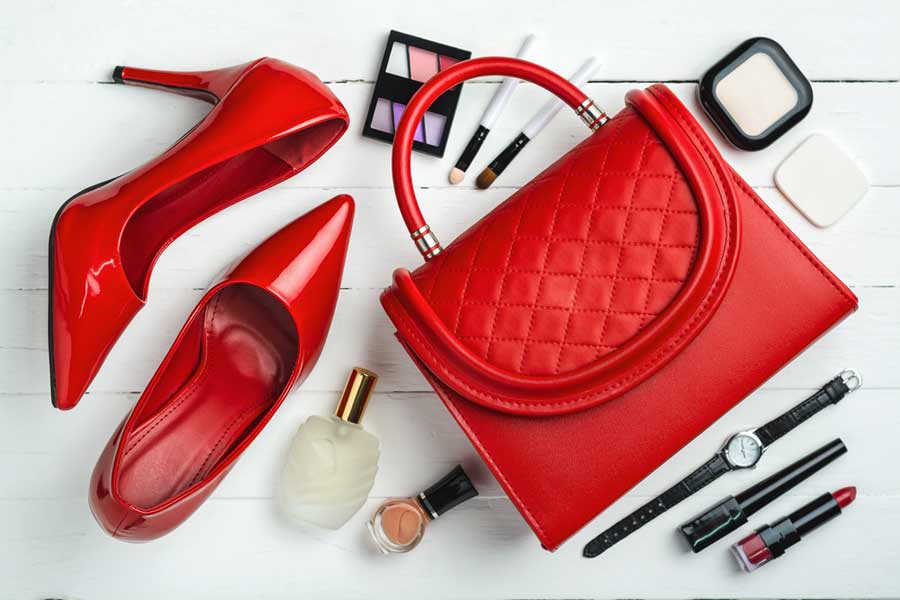
As the name entails, this popular photography niche mainly involves taking photos of inanimate objects. It crosses over to product photography, through which advertising agencies have branded items photographed for catalogs, magazines, and billboards. You can feature just one main product or several that follow a central theme, just like in the photo above.
One of the secrets in taking amazing still life photos is to have great lighting, whether outdoor or indoor. In product photography, many photographers use a lightbox. This eliminates harsh shadows by illuminating the item from all angles.
Landscape Photography
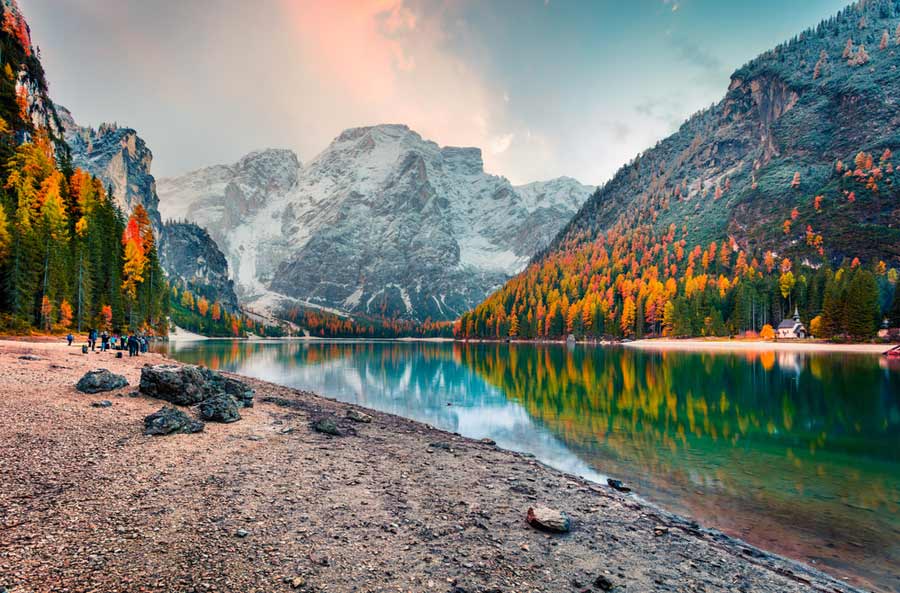
Those who love to travel have surely taken a lot of landscape photos. Contrary to popular belief, this type of photography is not limited to horizontal photos. Many landscape photographers find that shooting vertically lets you shoot tall trees, mountains, and anything else that you may feel compelled to capture while exploring the great outdoors. Landscape photographers work at all times of day, from sunrise to sunset, and even long after dark to capture a landscape below the night sky.
This generation also offers us more creative possibilities with drones. With such technology, it has become much easier to capture a bird’s eye view of landscapes, breathing in more depth to our shots. To really get the best results, you’ll need to upgrade from your smartphone or compact digital camera. Invest in the proper gear, and use the right lenses for landscape photography.
Abstract Photography
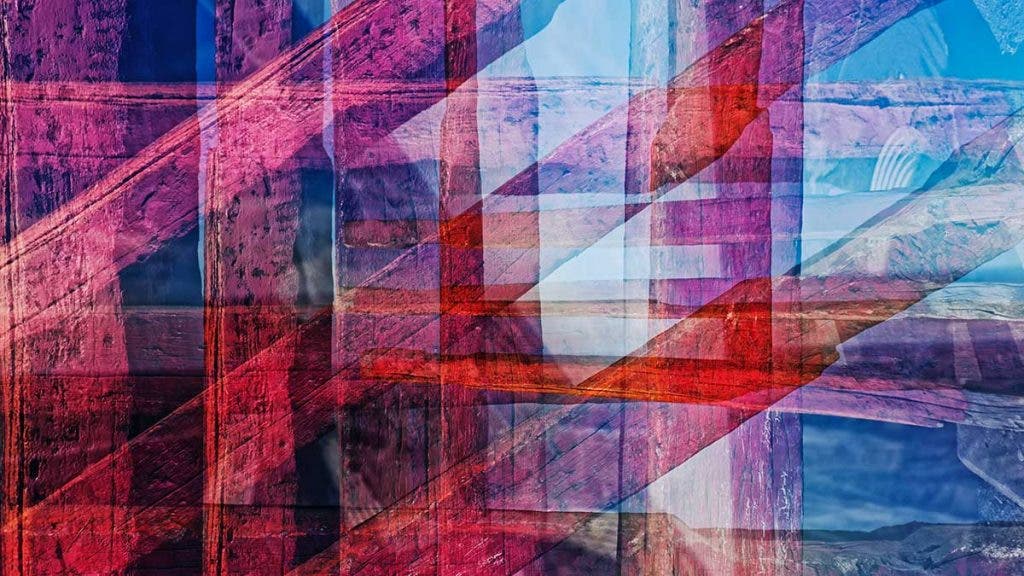
Abstract photography is one of the photography styles with deep roots within art. It is inspired by the art movements from the beginning of the 19th century, such as the Cubist, Futurist, and Surrealist currents.
Abstract photography goes beyond the realistic representation of the world and renounces recognizable objects as the primary subject matter. Instead, it focuses on geometry, microscopic designs, concepts, and ideas.
If you want to capture amazing abstract photography, you should start by training your eye to see the unusual and create structural compositions with symbolic meanings. Abstract photos aren’t just aesthetic; they have a narrative, atmosphere, and powerful message. Study the history of art and the artworks of your favorite artists, and try to understand why their works are so impactful and reach your heart. Lines, colors, and shapes work together to build a scene, and this should be your purpose as an abstract photographer.
Among the most famous abstract photographers are Man Ray, László Moholy-Nagy, Harry Callahan, John Baldessari, and Jackie Ranken. Whether they turned their lenses on people, nature, or still life, their artworks look like nobody else’s, are easy to recognize, and arouse strong feelings.
Travel Photography
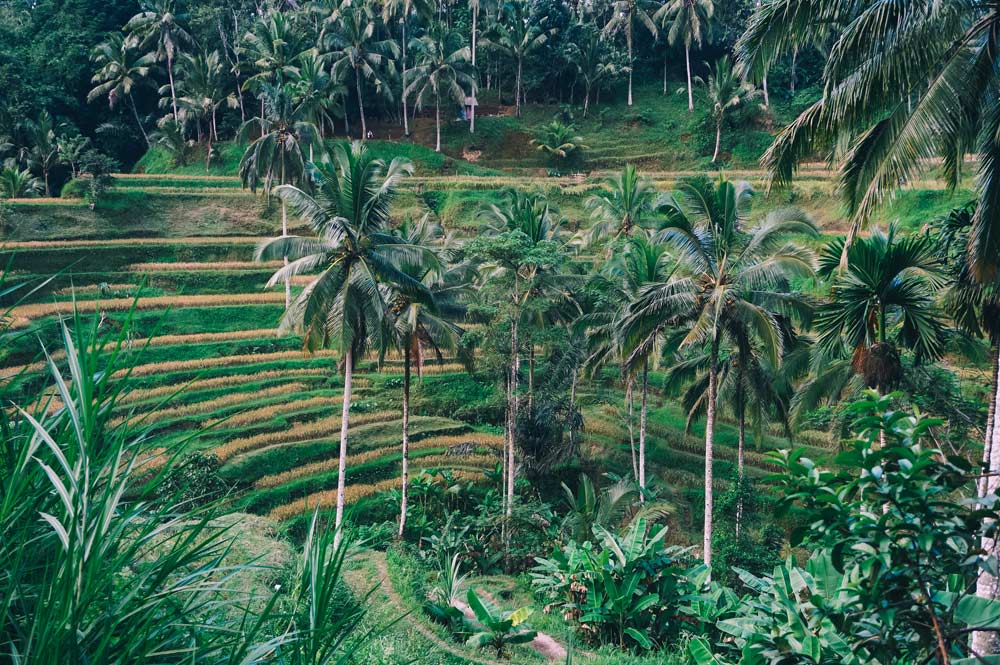
Travel photography can include a variety of subjects taken while traveling. It can cover many sub-genres, too, such as portraiture, landscape photography, food photography, nature and wildlife photography, and even architecture photography and cityscapes. You can experiment with each of these styles of photography while you explore new places and enjoy new experiences.
Talented travel photographers, such as Ana Linares, have grown their business to include travel photography, videography, and social media. The possibilities are endless in this photography type, and the more you better your travel photos, the more success you’ll find.
Pet Photography

Pet photography follows many of the same concepts and techniques of portrait photography, except you can have a bit more fun with pet photography. That’s because you can worry less about making your subject look good, and you can experiment with unique techniques like shooting close-up with a wide-angle lens. Digital photography makes it easy to experiment by taking lots of photos without worrying about wasting film or adding expense.
Whether you’re doing cat or dog photography — or capturing any number of furry friends — this photography type can be challenging if you’re not prepared. Work closely with the pet parents and encourage them to be involved in their pet’s photoshoot. This is an easy way to capture some of the best pet pictures around.
Food Photography

If we were writing this article about a decade ago, the food photography niche would be a lot harder to break into. Fortunately, today’s social media generation has influenced us to keep taking photos of our food, whether for fun or for marketing purposes.
With today’s camera phone specs, it may not even be necessary to use a professional standalone camera. A decent camera phone and the right lighting for food photography are enough for truly mouthwatering food shots.
Just make sure that the correct white balance is set in order to get accurate colors. You can also boost the saturation of your images (especially the reds and yellows) in post-processing to make your food look even more appealing.
Astrophotography
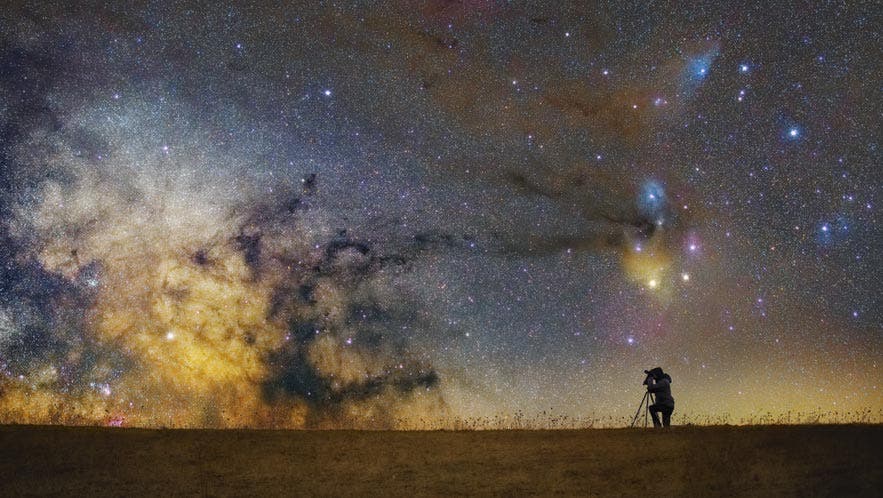
Astrophotography has the sky as a subject matter. You can photograph the night sky full of stars or focus on astronomical objects and events, such as comets, asteroids, the Northern lights, and eclipses.
It is one of the hardest types of photography because it requires astronomy knowledge, planning, dedicated gear, and optimal weather conditions. Furthermore, astrophotography usually requires traveling to where the astronomical objects and events occur and, of course, staying up all night to capture them.
To photograph the night sky, you’ll need a high-end DSLR or mirrorless camera, wide lenses, and a solid tripod. Most photographs require long exposures, so make sure you stabilize and level the camera. Also, forget about using the camera in Autofocus mode and learn to focus manually. Instead, start with wide apertures, a high ISO (1600 or higher), and a slow shutter speed (20 seconds or higher). The exact settings need to take into account the focal length, and even the rotation of the Earth.
It is both a complex style of photography, but also a genre that can leave you amazed by the natural beauty of the Universe. Also, master the rules of composition because the vast scenery of the sky requires precision, imagination, and the ability to add a sense of depth.
Sports Photography
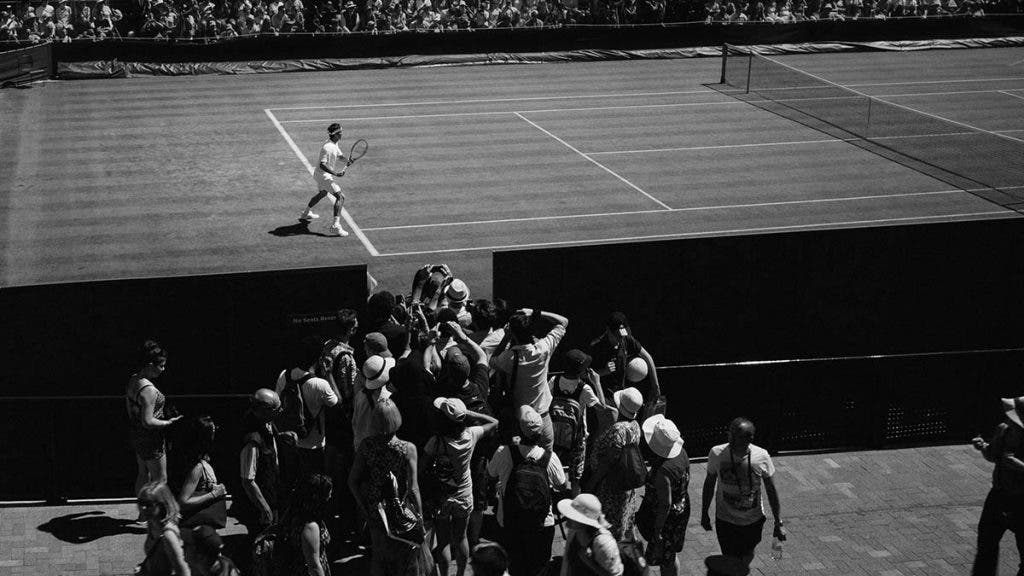
Sports photography is a more professional niche that involves a lot of high-speed shooting. Photographers who shoot sports are normally armed with dedicated sports cameras and long and heavy lenses that are capable of zooming in to where the action is. These lenses are also specially made to shoot at fast shutter speeds, without ending up with underexposed images.
Sports arenas are regularly packed with photographers, so the competition for a slot is still pretty tough. If you want to try your hand at sports photography, crank up your ISO so you can use faster shutter speeds, experiment with angles and lenses, and always be prepared to aim and click that shutter.
Wildlife Photography
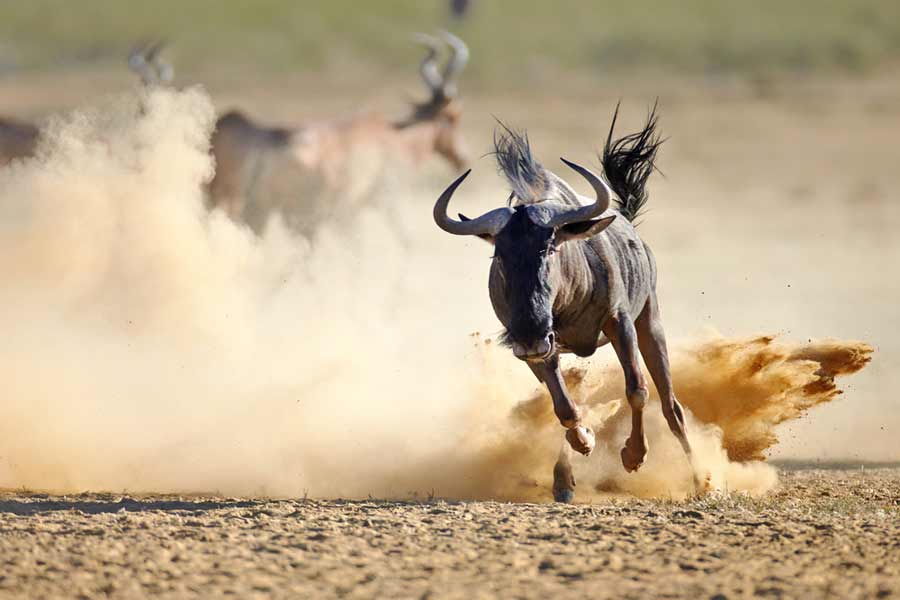
Another rewarding and well-paying niche is wildlife photography. Due to the obvious challenge of capturing good and clear images of wild animals without intruding on their natural habitats, a job in this niche requires major upgrades in camera equipment, wildlife accessories, and a whole lot of safety measures.
Not everybody can be a wildlife photographer. This is why people pay a good amount of money for these types of photos. Wildlife photography typically takes place in challenging conditions in some of the most dangerous and remote parts of the world. You’ll find that many techniques involved in sports photography are also useful in this niche.
Macro Photography
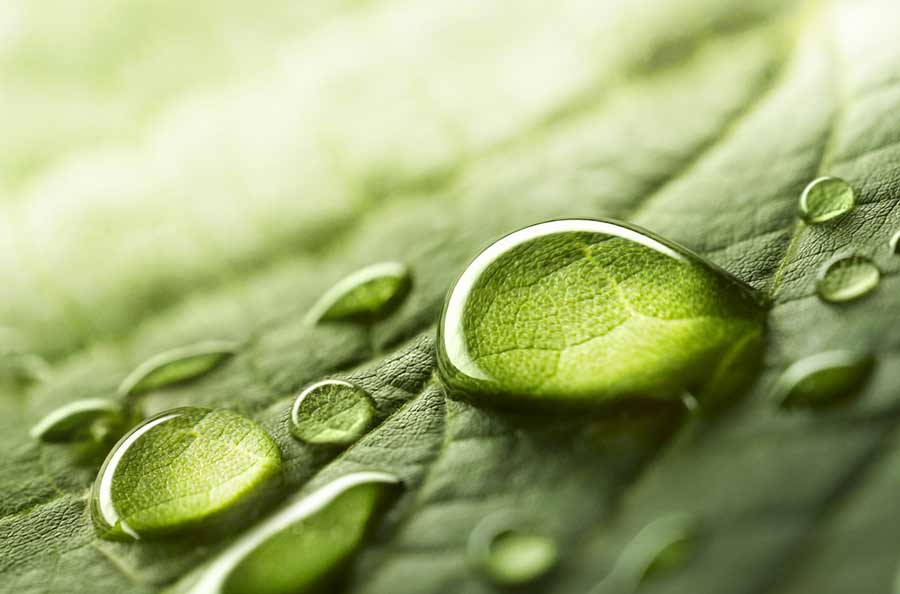
Those who want to take truly incredible images tend to like macro photography. Capturing objects to make them look much bigger than they really are is relatively easy. Of course, this is as long as you have the right equipment. You can simply equip your smartphone with a clip-on macro lens accessory or, for more ideal high-resolution results, use a macro lens with a DSLR or mirrorless camera.
If you’re looking for regular photography work, macro photography may not be the right niche for you. Nonetheless, it’s a great genre for those who want to capture artistic, highly compelling photos of living or inanimate objects.
Event Photography

Event photography is a wide and popular niche that includes many specific kinds of events, such as concerts, birthdays, corporate meetings, and weddings. It usually involves a mix of different photography techniques as you may be taking pictures of everything from people and their candid moments to the venue and the food.
What makes a good portfolio for these types of photography, especially for wedding photographers and concert photographers, is knowing how to tell a story with your pictures, rather than just covering the event itself. It will obviously take a lot of practice, particularly in dealing with people and covering a specific type of event. You’ll also need a variety of lenses to successfully bag each shot in your “shot list” and not miss any important moments.
Wedding Photography
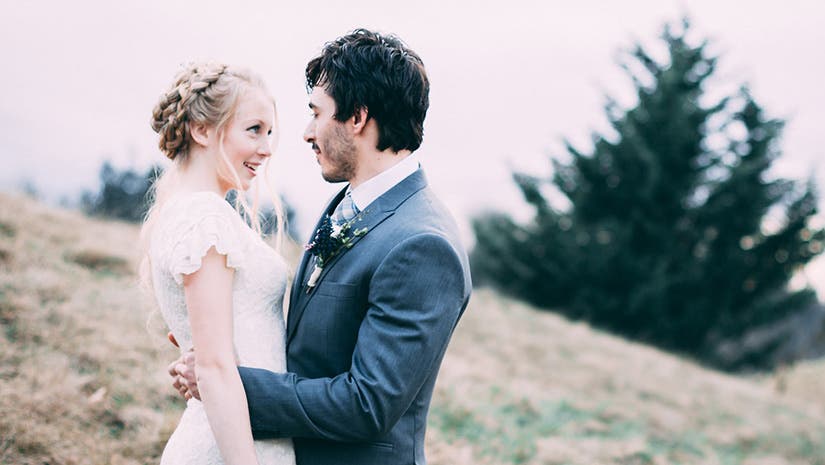
Wedding photography has a single subject matter (i.e., a wedding) but many approaches. For example, you can take the commercial way and use the same pattern for all the wedding photo sessions you attend. Or you can embrace candid wedding photography and take snapshots without asking people to pose for you. There are also portraits, engagement surprises, trash-the-dress photo sessions, couple albums, and wedding ring close-ups. As a wedding photographer, you have to be fast, creative, and master many photography styles.
Because it is so versatile, wedding photography requires a broad range of gear and accessories. You will need lenses for every situation, filters, tripods, and flash units. Moreover, sometimes you will need to change the photo set up so quickly that it is easier to have a second camera ready, with a different lens and filters.
If you are breaking into beginner or amateur wedding photography, consider your budget or select a few styles you can manage. You don’t have to do everything from the beginning. You can start by offering private photo sessions for the bride and groom and then advance to photograph church ceremonies and parties.
Commercial Photography
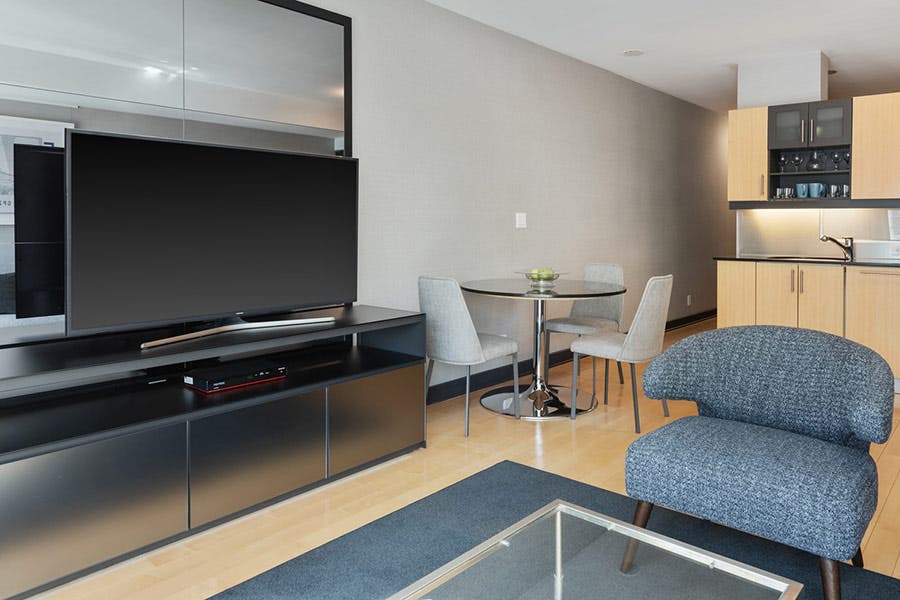
Similar to how travel photography includes a variety of sub-genres, commercial photography can include many types of photography. However, in all cases your client is a company or organization. Food photography can be commercial if your client is a restaurant or a food magazine. Product photography can be commercial if your client is a brand or manufacturer of goods. Most commercial photographers are experienced in many types of photography. They are also capable of high-level post-processing work in Photoshop and other relevant programs.
Fashion Photography
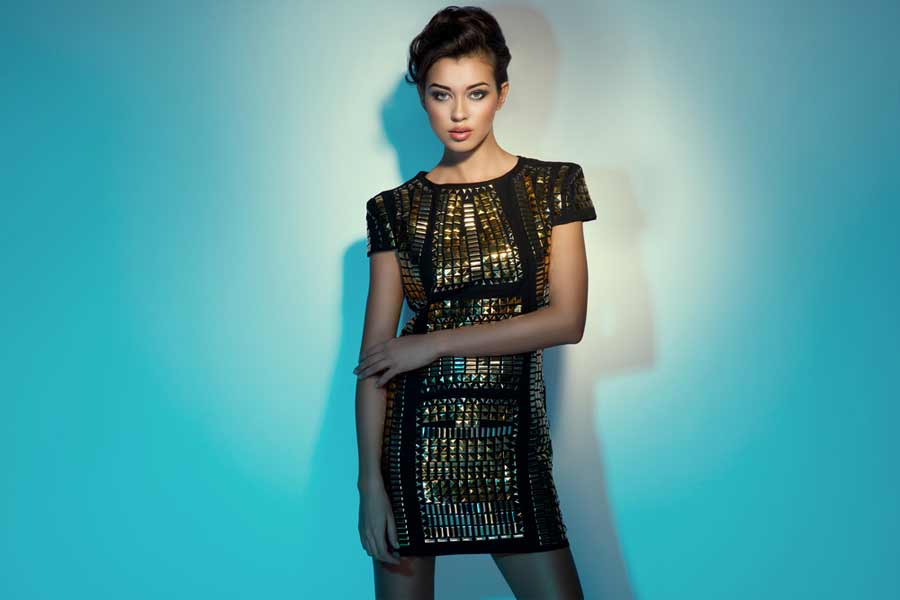
When people think of a job in photography, many suggest fashion photography. For decades it has remained one of the most lucrative niches. Most like, this is thanks to the demand for it in advertising and marketing.
Fashion photos typically feature supermodels and celebrities in high-fashion clothes, shoes, and accessories. Due to the need to showcase the outfits, this niche usually involves a lot of full body shots. However, it can also involve some portrait shooting. You may want to practice your portraiture skills if you want to get into fashion photography.
Depending on the clothing style, fashion can take you anywhere—from studios with full lighting setups and modeling runways to the great outdoors. If you want to break into fashion photography, you’ll need to equip yourself with a lot of skill in dealing with different kinds of people, in posing, and in both the artistic and technical aspects of the craft.
Drone/Aerial Photography
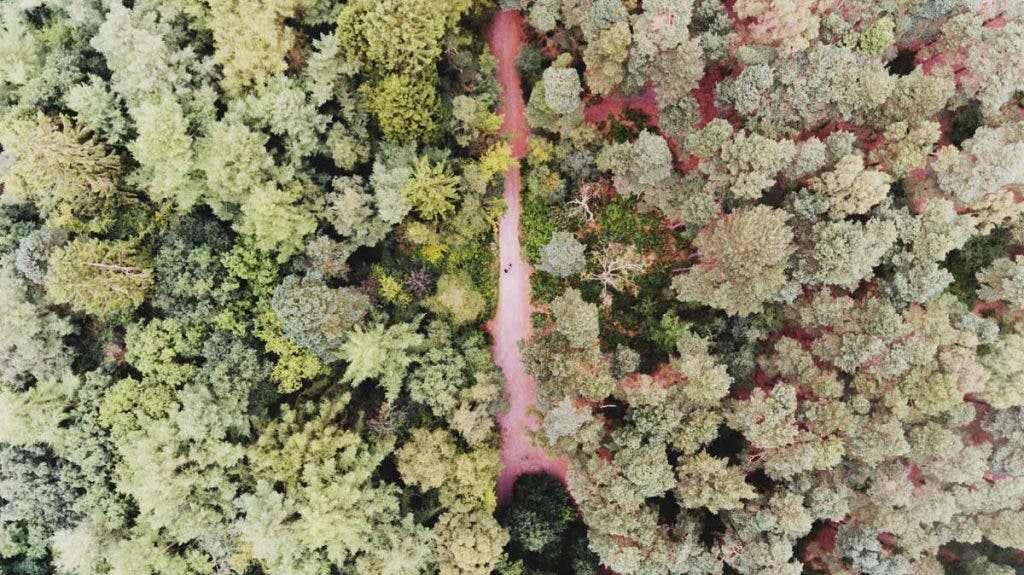
Have you ever wondered how the world looks from above? Many landscape, event, and real-estate photographers use drones to take pictures from high above their subjects. It is a way of capturing very wide shots and revealing unique perspectives of a subject.
Drone photography was boosted by technological innovations that provide easy and affordable access to high-tech 4K drones. Moreover, there is a growing commercial interest in drone photographs. You’ll find plenty of tips for taking amazing photos with the help of a drone. However, drones are still subject to strict regulations in some parts of the world and may require registration, so make sure you plan your photo session wisely.
To enter the world of drone photography, you need dedicated gear and lots of practice. You not only have to acquire technical and compositional photography skills, but you should also learn how to control the drone. Drone photography is used for documentaries, weddings, nature and landscape photography, real estate photography, stock photos, and more. Before starting this journey, take some time to understand what motivates you and what you want to achieve.
Fine Art Photography
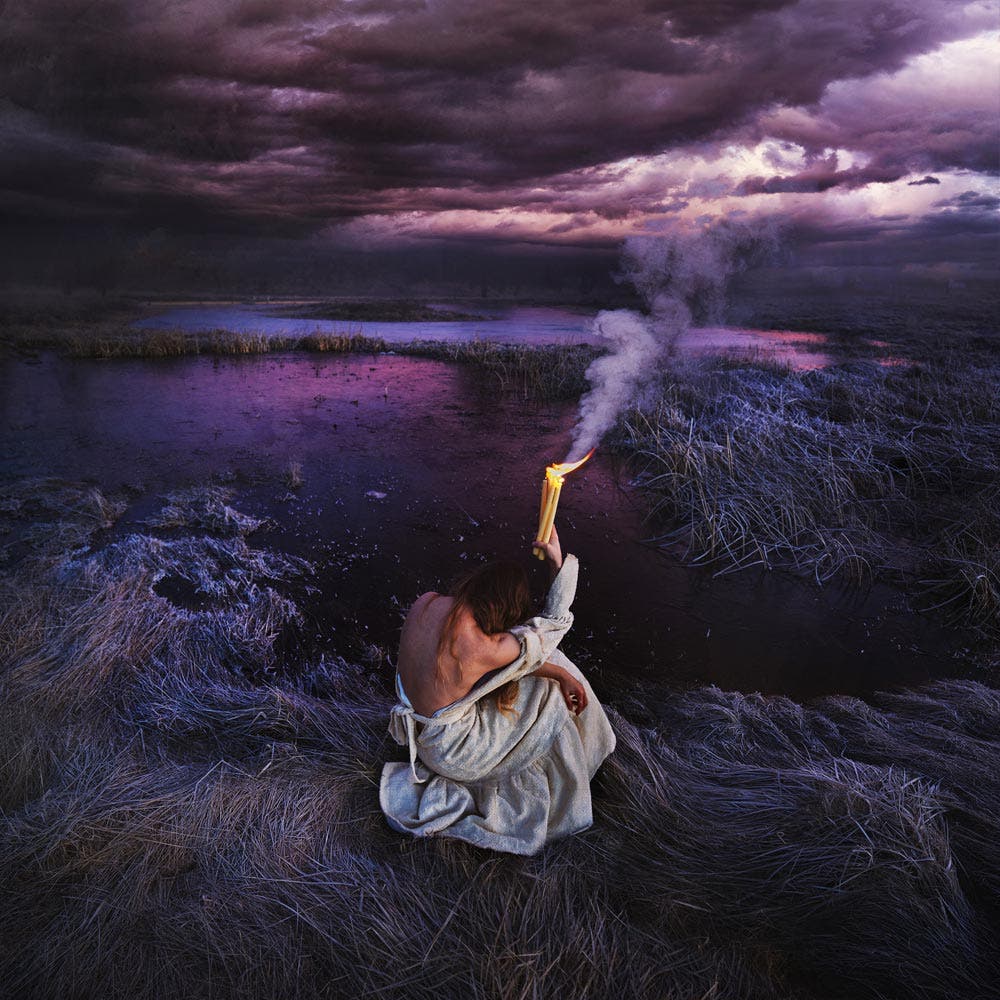
Fine art is a type of photography that involves the sale of prints (or digital images) for pure appreciation. The focus of fine art photography is the photographer themselves, their techniques, their preferred subjects, and the statements they make with their work. To begin a career in fine art photography — like fine art photographer Brooke Shaden — you’ll need to develop a personal style that others will be able to recognize as your own.
Newborn Photography
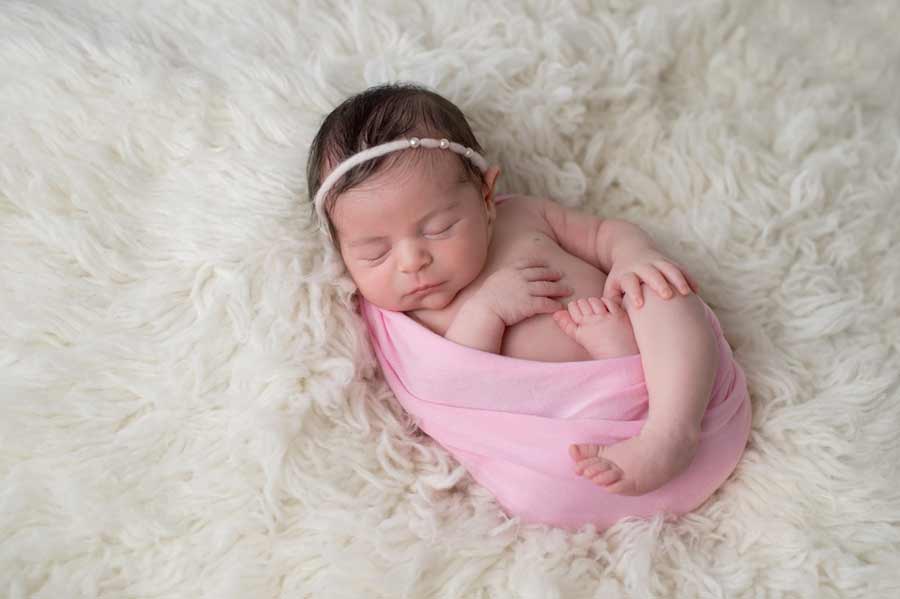
Newborn, baby, or infant photography is essentially the same as portrait photography, but we’re listing it as its own niche due to the unique challenges that come with it. Aside from newborns being very fragile, their eyes are sensitive to light, so you’ll need to get the right gear and learn how to use your camera to make the most out of the available light. Babies also have difficulty regulating their body temperatures, so your studio will have to be cold or warm enough, depending on your precious subject’s clothing.
Did we mention that their bowel movements can also be very unpredictable? One newborn photography session can be the craziest in your entire career, but it can also be the most rewarding.
Family Photography
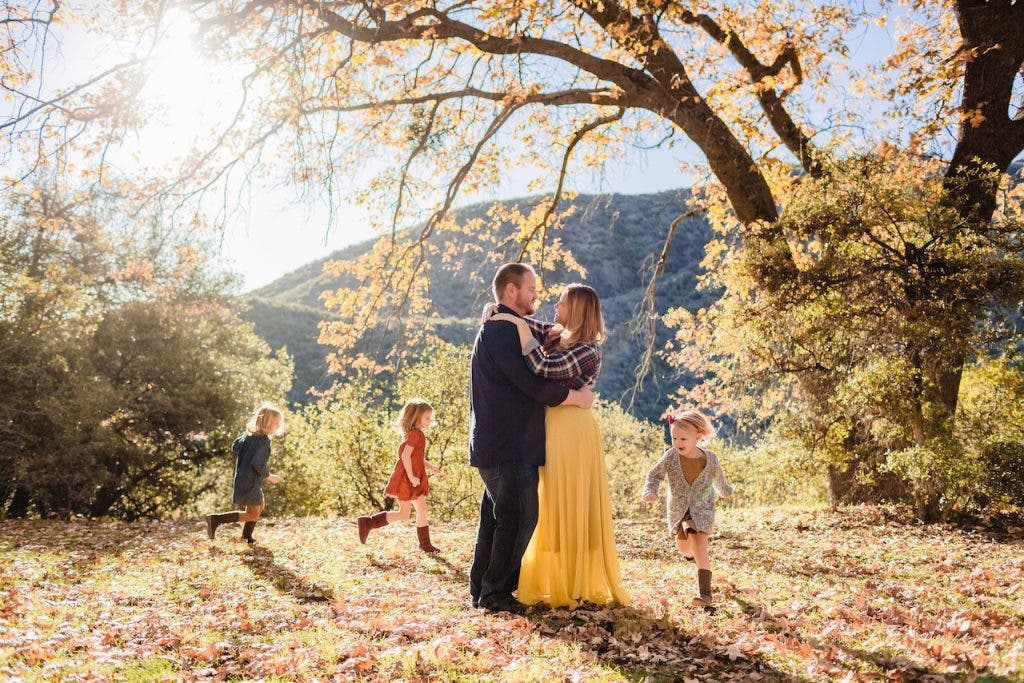
Family photography is one of the oldest types of photography. Not so long time ago, people didn’t have personal cameras and smartphones. Instead, they relied on a professional photographer to record their family’s life milestones. So, going to a photo studio for a family portrait was a regular activity.
Nowadays, family photography is an established business. It is commercial and artistic at the same time. It means much more than owning a studio and having a family pose before a fake background. Family photography requires managing a small group of people in different locations, arranging the décor and coming up with props ideas, finding the best family poses for any location and personality, dealing with children, and continuing to upskill and come up with new ideas.
For this style of photography, you need to find your voice and uniqueness, experiment with different types of lenses, and be extremely creative. Like many other popular photography styles, you have to continuously find new perspectives and creative ideas for family shoots to stay in front of the competition and make your clients happy.
Street Photography
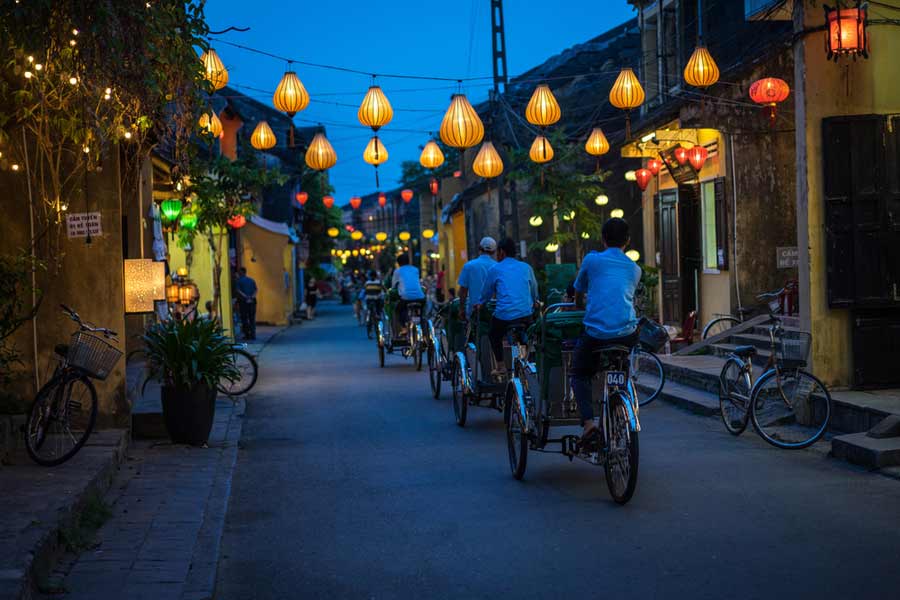
For those who bring their camera everywhere and enjoy exploring their artistic freedom, street photography is a particularly appealing niche. It’s a unique type in photography that documents the human condition, day or night. It captures unplanned events as they unfold, usually with no central theme or topic. The best part is that you can use different types of cameras for street photography and a variety of camera settings.
Usual subjects include street vendors, street food, children, graffiti artworks, and a lot of concrete, sometimes in black-and-white. They don’t necessarily have to be taken in the streets, as long as they highlight or portray the reality of the outside world.
Fortunately for many street photographers, such photos often get featured in magazines, blogs, and newspapers. However, there isn’t always a guarantee of steady income. Street photographers usually shoot wherever they wish and at their own convenience instead of on a per-project basis.
Photojournalism
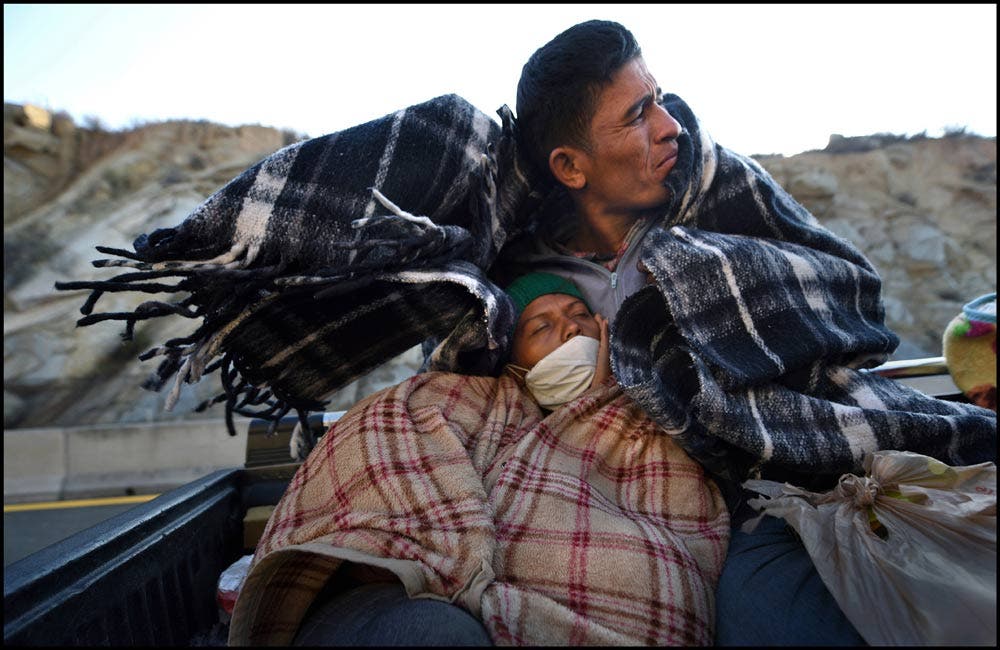
Not to be confused with street photography, photojournalism is a vocation that typically covers specific scenes and stories for the news. It uses elements of street photography to take objective photos that are more historic in scope. And because they tend to get published in newspapers, professional photojournalists get paid a good amount of money for their work, particularly if they are affiliated with newspapers, magazines, book publishers, or certain agencies and organizations.
Photojournalism is another niche where it becomes crucial to capture not necessarily picture-perfect shots, but those candid moments that best tell the story. Get inspired by the work of renowned and award-winning photojournalists Carol Guzy, Taylor Rees, Al Satterwhite, and more.
Documentary Photography
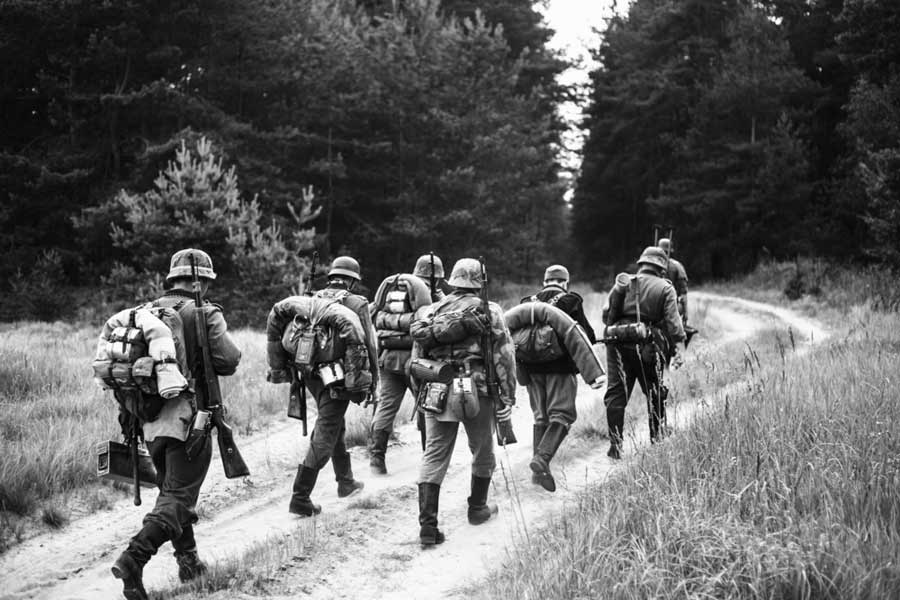
Ever heard of war photographers? These brave people of the press are part of the documentary photography niche, along with other photojournalists that cover social and political problems that are a lot more historically significant. They capture raw emotion in real-life situations and significant moments in time. Images tend to be given more universal captions as they don’t merely cover local rallies or any other celebrity.
If you aspire to take timeless photos of world issues or of presidents for some of the greatest magazines, documentary photography may be for you.
Headshot Photography
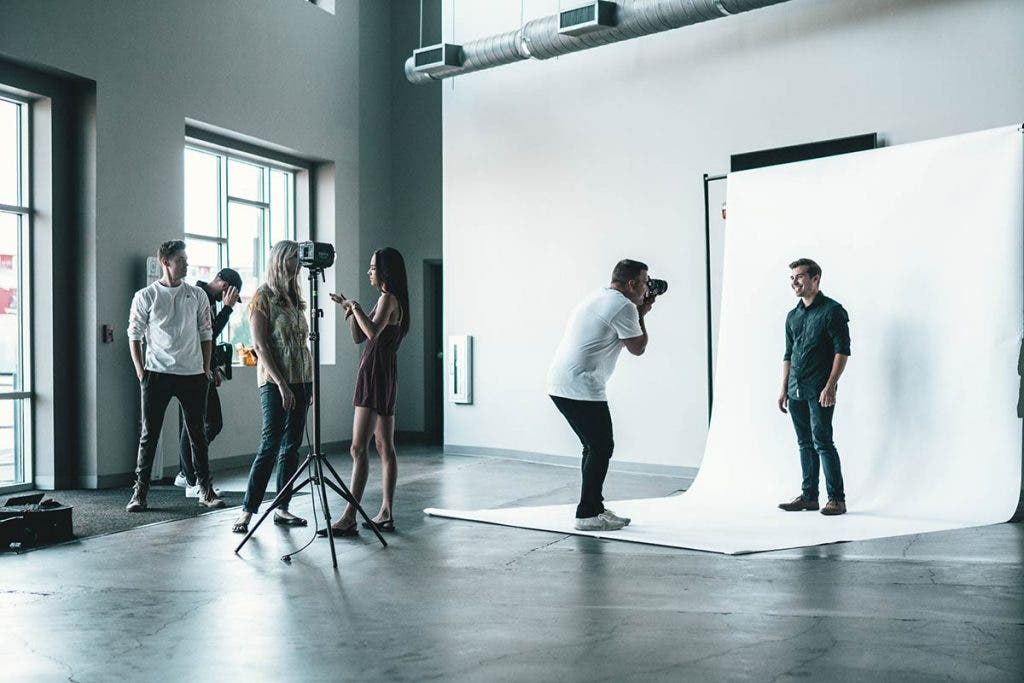
Headshot photographs are pictures of a single person, framed from the chest up. They are required for passports and ID cards, driving licenses, school albums, diplomas, business documents, websites, etc. Most of the time, the photos have a plain headshot background to make the person’s features stand out.
Although you can easily see the commercial aspect of headshot photography, there is also an artistic part to it. It isn’t easy to take pictures of people from a short distance. Not everyone is comfortable in front of a camera. Furthermore, you need to find a way to capture their personality and make the headshot look good in artificial lighting and with a fake background.
A good tip is to use a telephoto lens and a tripod and keep the camera farther away from the subject. Another idea is to avoid using the flash and use continuous lights instead. Give the person some time to adjust to the environment, find a pose that suits them, and relax.
Stock Photography

Stock photography is another growing niche among today’s professional photographers. Stock photographers supply and sell photos that will be licensed for specific uses. Although it’s been around since the advent of photography, the market for stock photos has increased significantly. This is likely due to the growing demand for it in blogs, websites, and for digital marketing purposes.
It’s not exactly one of the most popular ways of getting into photography. However, stock photography can be a good source of income. It allows you to work for yourself at your convenience. Plus, you get passive income from repeat sales. If you don’t mind taking a lot of pictures and not being able to really explore your artistic freedom, it works.
Weather Photography
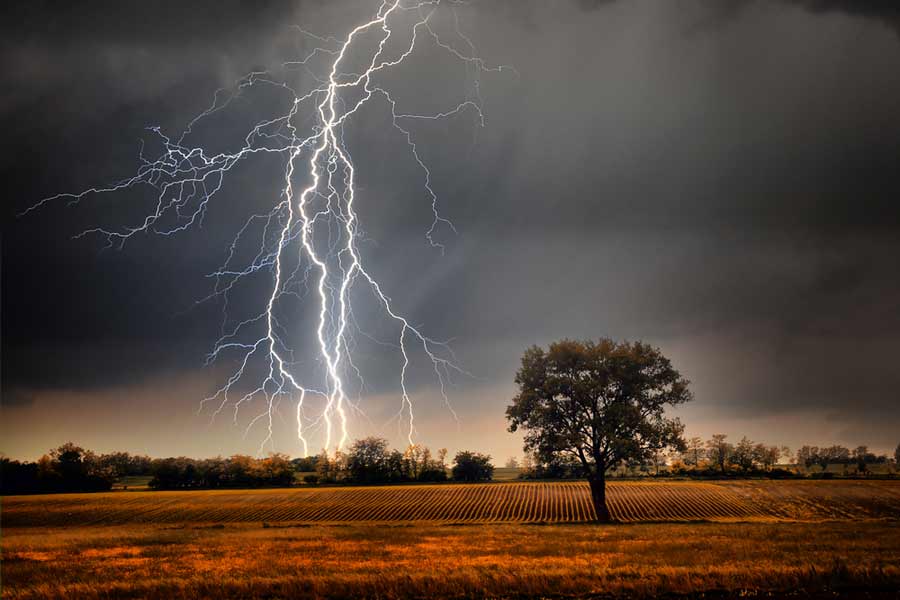
Weather photography is basically outdoor photography that mainly showcases different—usually harsh and extreme—weather conditions, such as hurricanes, snowstorms, sandstorms, hailstorms, and even thunderstorms. Many photographers around the world chase life-threatening storms to capture the beauty of what we are usually quick to hide and run away from. Using time-lapse, long exposure, multiple exposure, and other unique techniques, weather photographers can help depict the power and speed of various weather patterns and phenomena.
When given the chance, this niche will pay you well and reward you with possibly award-winning images, but whether it’s worth the effort to shoot and risk your life is up to you.
Architectural Photography

If you’re looking for a niche that offers a constant stream of projects, you may want to look into architecture photography.
Photos of the exteriors and interiors of buildings and other structures within broader cityscapes can be of great use to designers, architects, leasing companies, and potential investors. It’s a mix of artistic and technical skills and may involve some serious knowledge in the elements of art and proper composition. This niche can sometimes be confused with real estate photography, which also involves photographing structures (mainly houses, apartments, or condominiums) and their interiors. You can technically switch between the two, as they both use similar equipment and skills.
If you want to become an architectural photographer, you’ll likely need to invest in some additional gear, such as a tilt-shift lens, a high-quality tripod, a panorama head, and a bubble level.
Long Exposure Photography
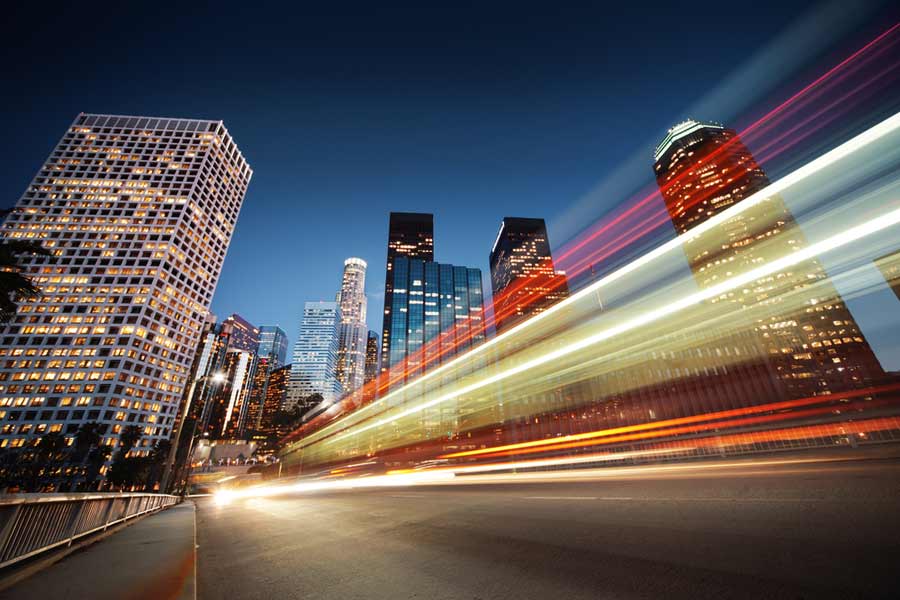
Long exposure photography involves making use of your camera’s technical abilities to hold the shutter open for longer periods of time—which allows you to capture surreal images that we won’t ever get to see with the naked eye. This genre crosses over to night photography and astrophotography, which can result in incredible light streaks, starbursts, and stunning gradients (at the very least) in what appears to be a dull black sky in real life. It also includes the use of an ND filter during daytime to capture velvety smooth lakes and frothy rivers.
Given that long exposure photography requires the use of long shutter speeds, you’ll definitely need to upgrade your gear with a tripod, a remote shutter release, a camera with good low-light performance, and real skill in manual photography.
Mobile Photography
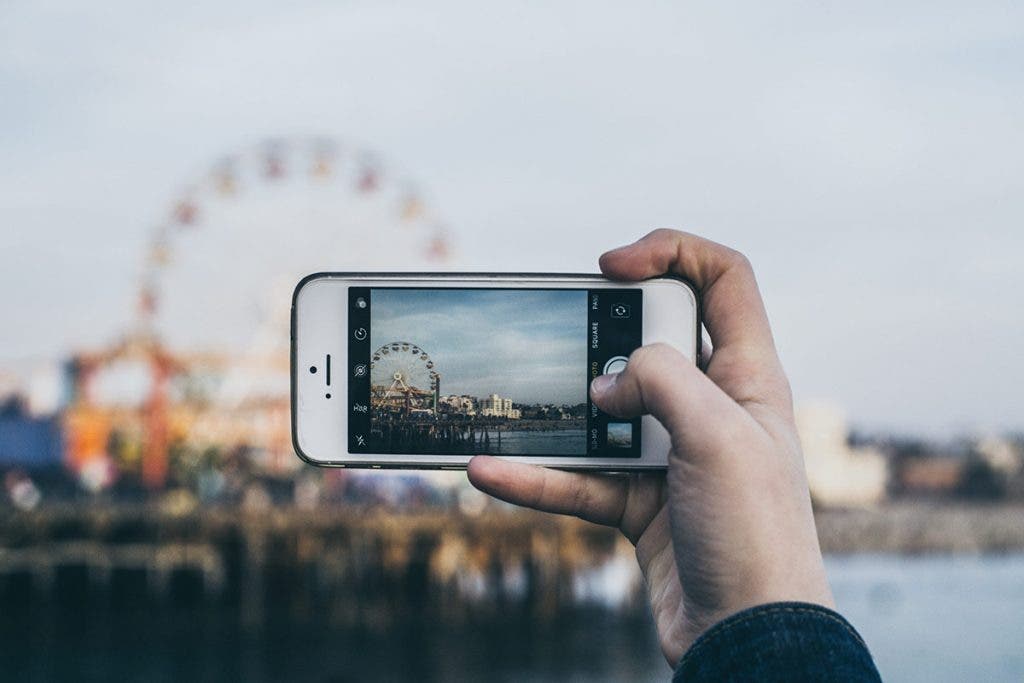
We all think we are good at taking pictures with our phones, but mobile photography is much more than that. It is, in fact, one of the most misunderstood types of photography. Mobile photography means taking artistic photographs using a phone. The subject matter isn’t important, as long as the photographs can stay in line with those captured with a professional camera. There are amazing examples of fashion and travel photographs taken with a phone camera that impressed the world and ended in galleries and exhibitions.
While you can rely on the phone’s camera, most mobile photographers use an add-on lens to improve the quality of their images. Phone cameras have small sensors, have very wide lenses, and don’t perform well in low lighting conditions. Therefore, you can avoid situations where the phone camera doesn’t work well or use an add-on lens.
The great joy of mobile photography comes from the freedom of movement. Because it is so tiny and lightweight, a phone takes pictures from any angle. You can try any ideas that come to your mind. Besides, you always have the phone with you, so capturing candid snapshots will be very easy.
Social Media Photography
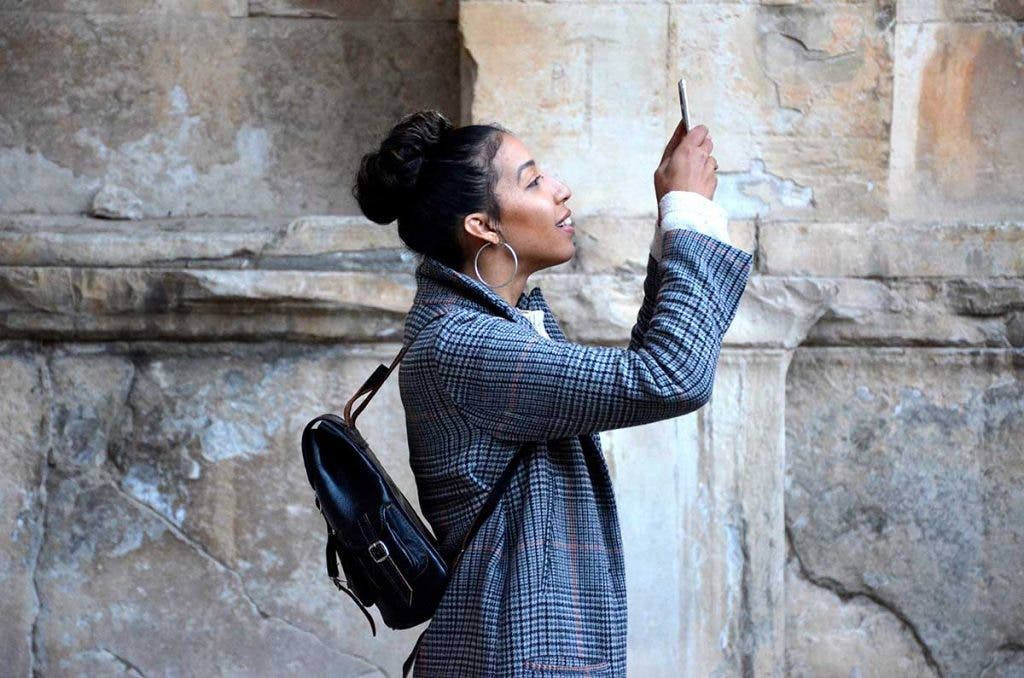
Exhibiting your photos and becoming famous on social media is a trend that won’t go away soon. But like with all other types of photography, this one has rules too. Social media photography means finding a subject matter and a way to photograph it that is appealing to your target audience. It also means creating high-quality images within the requirements of a particular social media platform, which may limit the pixel size of your images, aspect ratio, or file format. Furthermore, you should know a thing or two about social media algorithms and strategies. These factors determine what type of photographs you can share, how often you should post, and how many followers you’ll have.
Regarding choosing a camera for social media photography, you should first consider the image quality you need. No social media platforms will accept RAW files, so aiming for a good JPEG quality seems the best idea. If you travel a lot, you may want to use a lightweight camera, such as a mirrorless or a phone camera. If you mix photo and video content, you may want a professional mirrorless camera and a few accessories. Social media photography is versatile and a good place to start marketing your work.
Product Photography
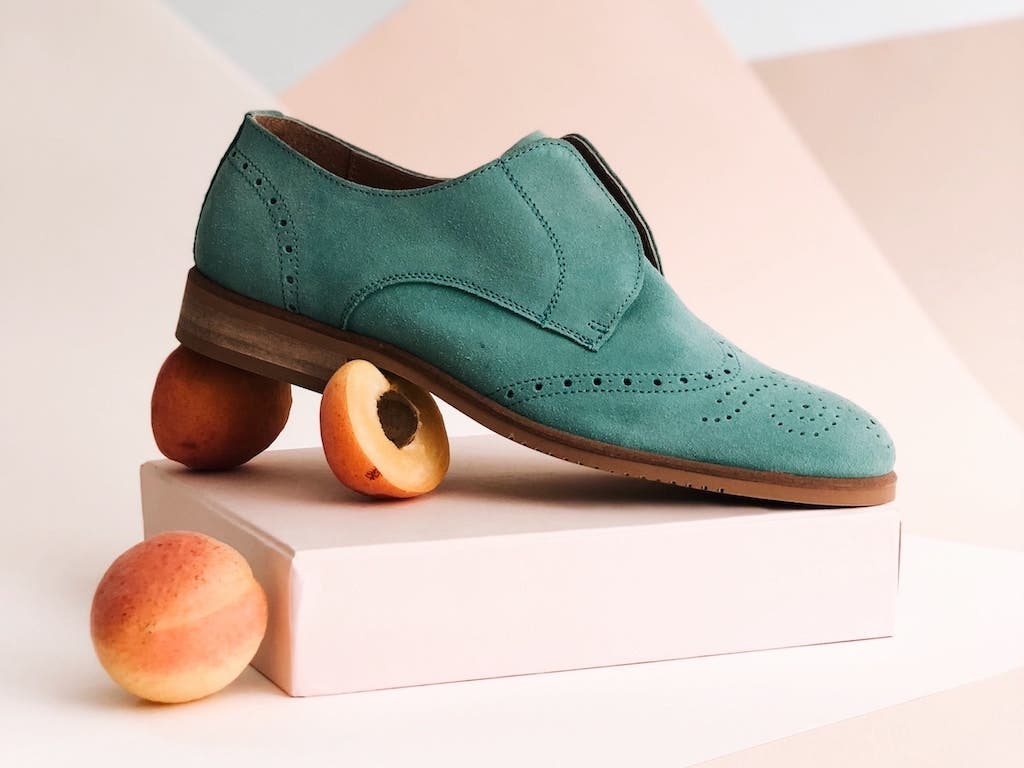
Product photography requires a unique combination of skills that are both fun and challenging. In order to create compelling product photography you’ll want to master the technical foundations of your camera and lighting, pay close attention to the details of the product you’re photographing, have a strong creative vision that will highlight the product’s features, practice clear communication with your clients, and plenty of patience to practice new techniques.
By mastering these skills, and putting your own creative touch on how you implement them, you’ll be able to create appealing images of products that can be used for marketing and advertising. This will ultimately result in sales of the product and more opportunities from companies that need to create photography for the products that they’re looking to sell.
Real Estate Photography

Real estate photography is a niche that has a lot of potential, since there’s always a need for photos of properties that are being offered for lease or sale. These properties include houses, apartment buildings, commercial properties, land, and other types of properties.
To be a successful real estate photographer you’ll want to focus on building your business skills, while also following some essential real estate photography tips. This includes things like networking with local real estate agents, marketing your services to them, and building ongoing relationships that will continue to provide you with new opportunities. From there, it’s just a matter of being technically proficient with how to visually represent a property, showcasing it’s best attributes, and adding your own creative flair so you can stand-out with your work.
Car Photography
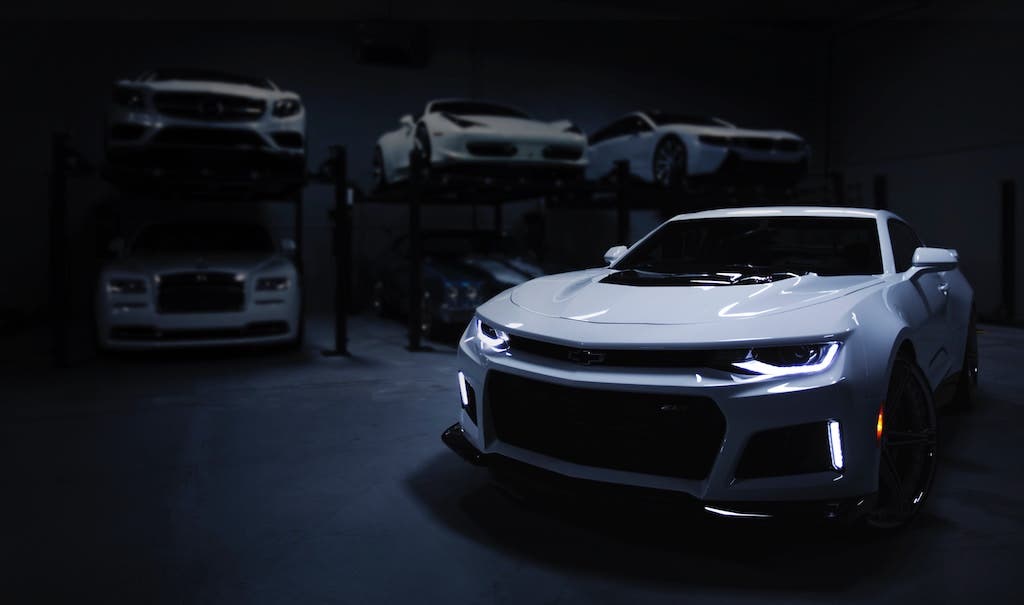
Car photography highlights the elements of a car’s visual design, engineering, and sometimes even it’s performance. Having a strong passion for cars and the automotive industry is helpful for photographers that want to excel in car photography. Being passionate about cars will make it easier for you to emphasize the design of the car that you’re photographing.
In order to create compelling car photography, you’ll want to follow some best practices for how to emphasize visually appealing angles, which focal lengths to use based on the location you’re shooting in, and the types of lighting options that are ideal for car photography.
Lifestyle Photography

Lifestyle photography’s purpose is to capture the essence of a person, brand, or product in an authentic way, and to connect with a target audience within a specific environment or lifestyle. Lifestyle photos are typically used for social media, product marketing, and personal branding.
It’s important to be familiar with the person, product, or brand, that you’ll be creating lifestyle photography for, in order to accurately convey the intended lifestyle that your target audience will connect with. The key is to create images that will evoke an authentic emotion that is relatable to the members of your targeted lifestyle or community.
Beauty/Glamour Photography
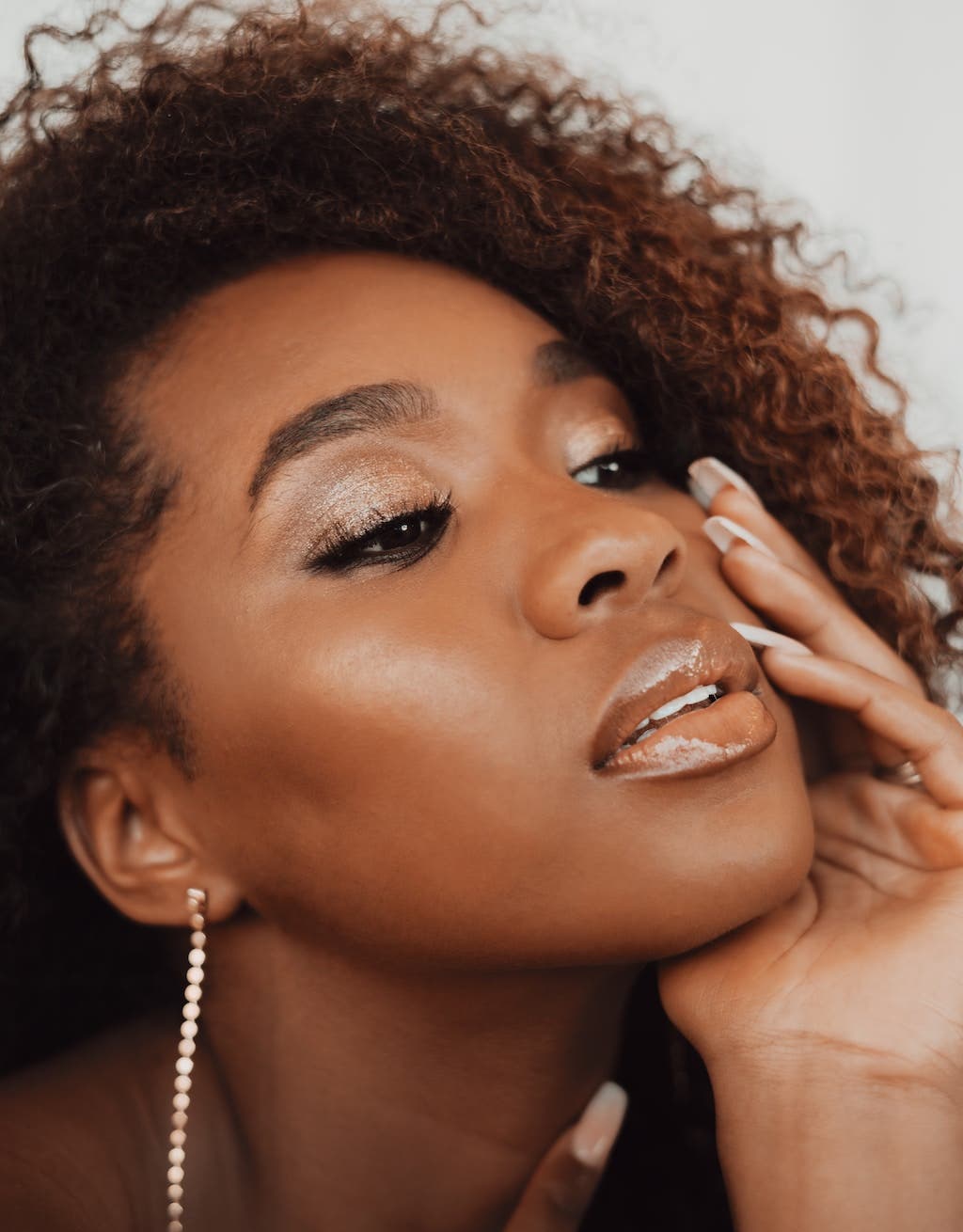
Beauty and glamour photography are the perfect genres for photographers who enjoy capturing compelling portraits that accentuate the beauty and drama of the human form. Beauty photography tends to be more natural and focused on bringing out the unique beauty of a subject, while glamour photography can be extravagant, stylized, and incorporate elements of fashion photography that dramatize and glamorize a subject.
Having a good understanding of portrait lighting techniques can greatly help to take your beauty and glamour photography to the next level. Beauty and glamour photos are typically captured using natural light outdoors, or created using artificial light in a studio setting. Having the right gear and a strong proficiency with lighting techniques will greatly assist in creating stunning beauty and glamour photography.
Fitness Photography
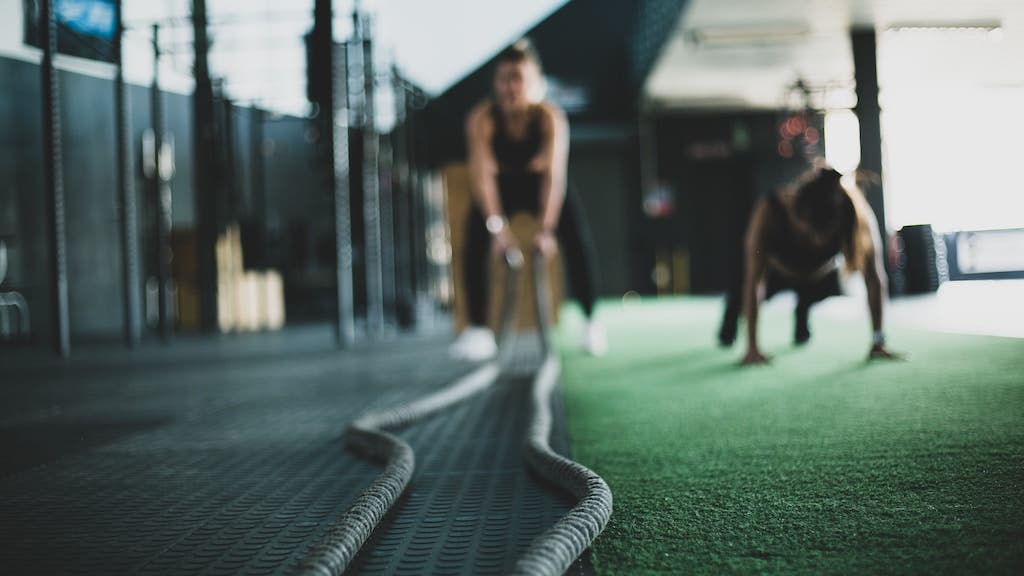
Fitness photography is the perfect niche for photographers that enjoy capturing the human body in motion. It offers a wide variety of subjects to photograph, including athletes, weightlifters, fitness models, and other active subjects that may want compelling images of their physical activity.
As with many other genres of photography, to create compelling fitness photos, you’ll want to have a good understanding of a few important skills and techniques. Being able to use lighting, posing, and composition in a way that emphasizes your subject, their physique, or activity will greatly assist in creating compelling fitness photography. Once you’ve become adept at the elements that makeup great fitness photography, you can take your skills to the next level by moving onto capturing sports photography.
HDR Photography
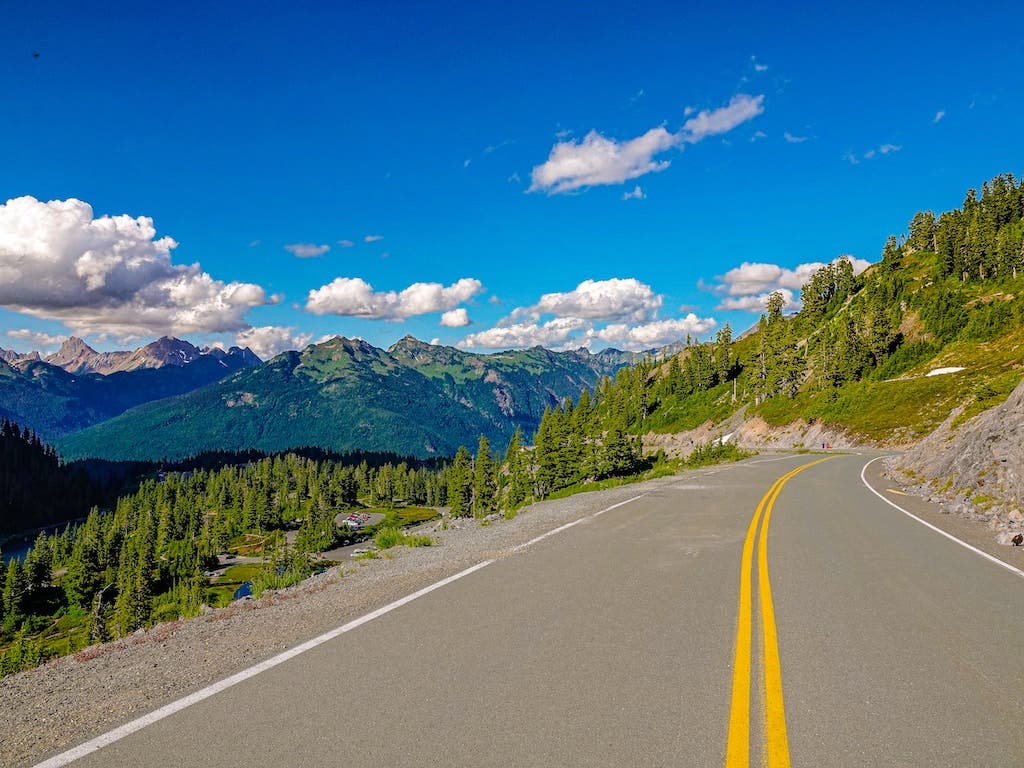
HDR photography is a sub-niche of landscape photography where you can create stunning images that combine multiple bracketed exposures of the same scene, into a final HDR image that has a much wider dynamic range than what would be possible with a single image. This technique is often referred to as “exposure-bracketing”, and is beneficial for capturing a wider range of tones and color in extreme and high dynamic range scenes. It requires the use of post-production software to combine the bracketed images into a final HDR photo.
Important considerations for creating stunning HDR imagery includes the use of a tripod, shooting in RAW, and balancing the final HDR image for exposure and contrast so the image looks natural and not over-processed.
Infrared Photography
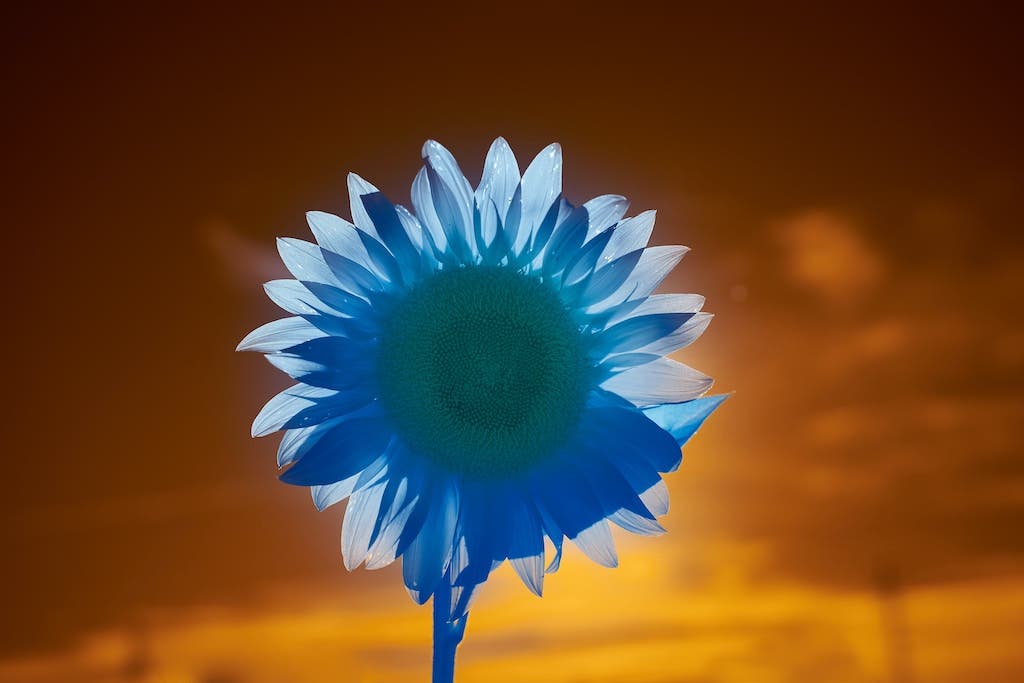
Infrared photography is a specialized niche that can produce surreal and ethereal images by capturing the invisible light of the infrared spectrum. Infrared light is invisible and completely different from traditional visible-light photography. It requires a completely different approach to how images are captured and edited.
Since infrared light is completely invisible to the human eye, it’s important to consider the elements that are different when capturing infrared images. These include shooting in RAW, setting a custom white balance using a gray card, removing the IR filter on your camera’s sensor, and using infrared filters to target specific spectrums for stylistic effect.
Underwater Photography
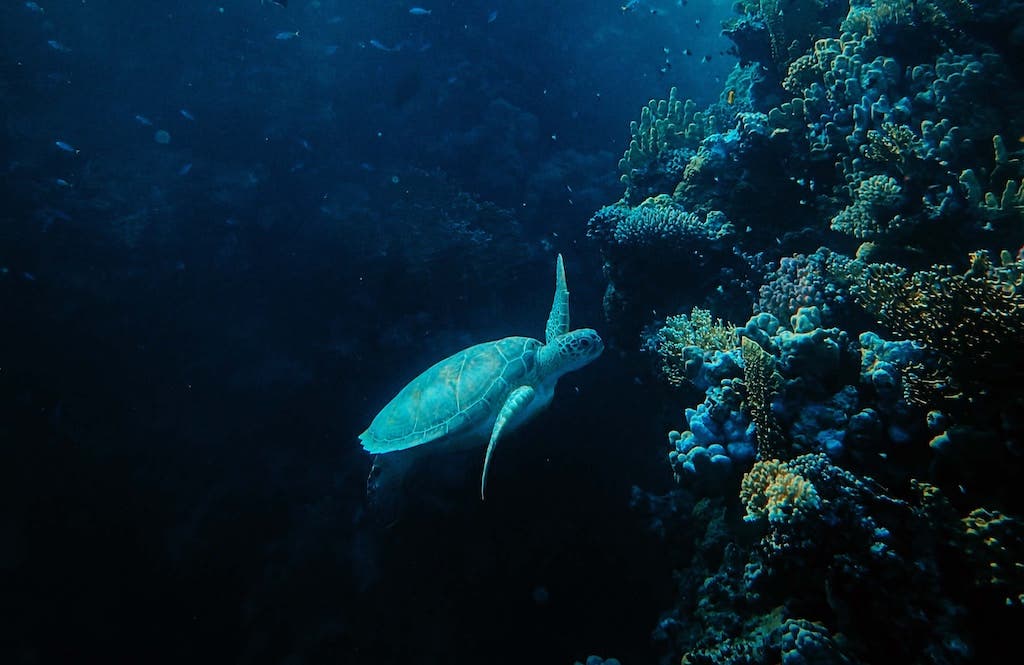
If you enjoy scuba diving, snorkeling, or free diving, then underwater photography may be the perfect niche for you. It offers an unlimited number of ways in which you can create compelling underwater photos, including landscapes, split images that showcase the world above and below the water, marine wildlife photos, surf photography, and even branding and portrait photography.
There’s a vast array of gear options to help you get started with underwater photography as well. You can start simple by using your smartphone in an underwater phone housing, progress to using an action camera, and dive all the way in with professional mirrorless cameras that are equipped with advanced underwater housings and lights. With the endless array of options for gear and subject matter, underwater photography offers an exciting opportunity to create unique images that stand out.
Which Niche is Right for Me?
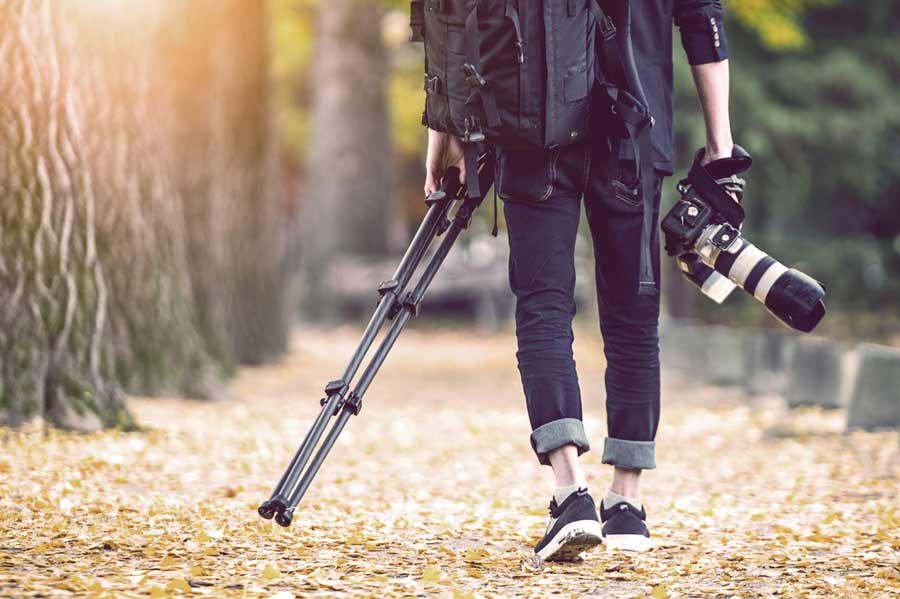
If you’ve been practicing photography for a while now, you’ve likely tried experimenting with multiple types of photography. It’s perfectly natural to try different types of photography when you’re just starting out. If you want to really excel in one, make it a career, and effectively market yourself as a specific type of photographer, you’ll eventually have to choose just one.
Here are a few questions that you can ask yourself when choosing a niche:
What do you enjoy doing?
By now, even if you happen to be a complete beginner, you’ve probably read about one or two niches that may sound fascinating and exciting to you. And if you’re an aspiring, practicing, or semi-professional photographer, you’ve probably already found a niche that you love.
If you enjoy exploring a particular photography niche, it’s a good sign that you may have found the right one for you. After all, why would you keep doing something that doesn’t interest you or suit your personality?
What are you actually good at?
What you love doing is not always going to be what you’re good at. There can only be two solutions to this. You can do your best to improve in the category that you love until you become highly skilled at it. Or, you learn how to love what you have a natural talent for.
Will you be needing additional equipment?
Some niches require you to upgrade your gear with additional, more expensive lenses, extra camera bodies, and a whole set of other accessories that can really add up to the bulk and expenses. And if you’re not ready to make the investment, you’d be better off with other niches that you can afford to explore with your current set of gear.
Does it suit your personality and lifestyle?
Many of these niches will require you to go out of your comfort zone. They will put you under intense pressure, and maybe even put your life at risk. You are free to push your own limits, of course. However, know that it will present even more challenges and hardships that may or may not be worth the effort and money.
What’s the competition like?
Popular niches like fashion photography and portrait photography have a huge market and therefore pay well. This makes it very difficult to break into them. If you’re confident enough about your vision and skill, you can try pursuing them. Or, you can break into a more specific niche within a niche. Consider food, toys, jewelry, or cosmetics under product and still life photography.
How much does it pay?
Some niches pay more and offer more steady work than the rest. Make sure to do your research about the pay scale of your niche so you know what to expect. But if you don’t mind doing it for service or even for artistic self-fulfillment, then you can pretty much try your hand at any of the niches mentioned above.
Does it allow you to work locally?
Many photographers are often obligated to fly off to different parts of the world for each project. However, if you’re not into that kind of jet-set lifestyle, then you may want to look into a different niche that will allow you to stay within your area.
Think about your professional end product
When you’ve thought about what kinds of subject matter you’re interested in, which style suits you, and which niche you might fit into, the next step towards becoming a professional photographer is thinking about your end product.
If you’re interested in showcasing your photography as an artist, you’ll need to consider which shots will go in your professional portfolio. Choosing your best work and displaying it in a fine-tuned portfolio will help you break into the professional world. Then, you’ll need to submit portfolios to galleries and artistic contacts. You want to show your work in the best light, which is why Printique’s professional portfolio books are the perfect tool for beginners and established photographers alike.
It’s important to choose the theme, style, and quality that best represent you as an artist. Whatever your style and subject matter, collecting your photos in a high-end portfolio book is the perfect way to express yourself professionally.
Professional printed products
If your preferred niche is more commercial, you still need to anticipate the end products you’ll provide your clients. Professionals, from event photographers to portrait photographers, will profit from offering high-quality, polished photo products such as:
- Photo prints: The first thing you should offer your photography clients is a selection of prints in multiple sizes and styles. From glossy to matte and everything in between, Printique offers professional-quality photographic paper, fine art paper, and vibrant prints for serious photographers.
- Photo books: Whether you’re snapping photos of a wedding, an aspiring model, or your own artistic shots, collecting your photos in a photo book is perfect for you and your clients. Professional-quality photo albums are an ideal way to capture individual moments or a body of work in one vibrant, impressive product.
- Photo wall decor: When you become more established in your niche, branching out to new photo products is a fun way to build your client base. Printing your photos and turning them into wall decor offers your clients artistic opportunities to enjoy every snapshot. We recommend products like canvas prints, collages, framed prints and more to decorate their homes.
- Photo calendars: Everyone loves an artistic calendar—especially when it’s full of their favorite photos. Offer your clients the opportunity to turn your photos into a calendar they can enjoy all year. You can sell calendars with your own photos and themes or turn a client’s photoshoot into a personalized calendar keepsake.
- Custom photo cards: Whether you’re selling stock cards with your best snapshots or customizing prints for your clients’ custom needs, photo cards are a gorgeous way to put your work to use.
Frequently Asked Questions by Beginner Photographers
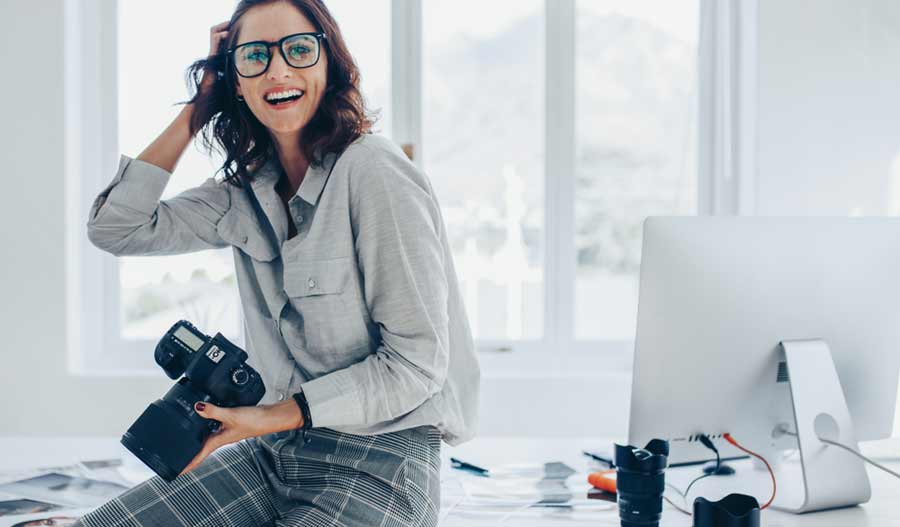
How can I learn basic photography?
If you don’t know how to get into photography, the best thing you can do is try it. Use a phone camera or a compact camera if you have one at hand. Photograph anything you like and see if your pictures look like the scenes you photographed. Most cameras have an Auto mode that takes care of camera settings for you. Phone and compact cameras usually have only the Auto mode, meaning you can’t change the settings yourself. Thus, you don’t have to worry you won’t get the exposure right.
However, getting a grip on photography requires some technical and compositional knowledge. Start by learning how to manage aperture, shutter speed, and ISO, the three parameters determining exposure. Then, learn how lenses work, how to master focus, and how the camera-subject distance influences your photographs. The rules of composition are the first step towards well-balanced and appealing images. Learn to use them properly before learning how to break them to increase the artistic value of your photos.
Basic photography skills also include working with the flash, learning to handhold a camera, mastering depth of field, and experimenting with long exposures. Focus on a single subject matter and compare your photographs to see what works better for your subject.
What basic photography gear do I need?
Regardless of which of these types of photography you choose, you’d want to make sure you’re equipped with the essentials. Lens cleaners, a collapsible travel tripod, a light meter, and a collapsible reflector kit are good investments for every photographer. An external flash is also handy for a variety of situations, as well as a remote shutter release.
What is the best camera for beginner photographers?
The best camera for beginners is one that is intuitive and can perform many functions without swaps and manual adjustments. Mirrorless cameras are a top choice on this front as they have a lot of the features that make DSLRs so powerful while maintaining a smaller and lighter body.
Do I need to go to school to become a photographer?
Yes, a degree in art, business, or marketing looks great on a resume. However, a formal degree isn’t required to be successful in any photography niche. A strong portfolio can be had by grabbing opportunities and having the willingness to learn on-the-fly. With perseverance, you can hone your skills and end up with a lucrative career.
How much should a beginner photographer charge?
As a hobbyist, you can charge up to $50 an hour or $10 to $25 per image. These rates may vary depending on your niche. First, you’ll need to be more familiar with techniques and have built a portfolio. Then, you can bump up your rates to $25 to $100 an hour or $25 to $50 an image. By expanding your skillset, you’ll be learning how to make money with photography.
Can I teach myself photography?
The short answer is yes. There are plenty of self-taught photographers who can inspire you. Nowadays, you can easily find photography books and online materials to get you started. There are discussion forums that answer your questions and photography classes that teach you the art of photography. You can learn the basics of photography without leaving your house.
But the best teacher you can have is practice. Take time to observe the scene you want to photograph and imagine how it will look. Then, practice until you achieve the image in your head. Compare your photographs as often as possible and see what you can do differently next time. Change the shooting angle, camera-subject distance, and camera settings until you are happy with the result.
Don’t forget there are books about the art of seeing, storytelling, and photography philosophy. There are also masters of photography you can study. The world is full of examples of great photographs and failures. But, more important, try to find your voice as a photographer, what makes you different from others. The only way you can do this is to find out what you want to convey to the public and why. So, start the journey of learning photography by asking you why you want to take photographs.
How do I get my work noticed?
Take advantage of the Internet to gain a following which will ultimately lead to a client base. Start a photography blog, post your works often on social media, and be active on photo-hosting sites. Pursue an original aesthetic to set yourself apart and work hard on getting your material published on established outlets.
Whatever your niche, your end product as a photographer is very important. Think about the creative ways you can display your best work and sell your photos. Explore Printique’s high-quality selection of photo product options for all your professional needs.
